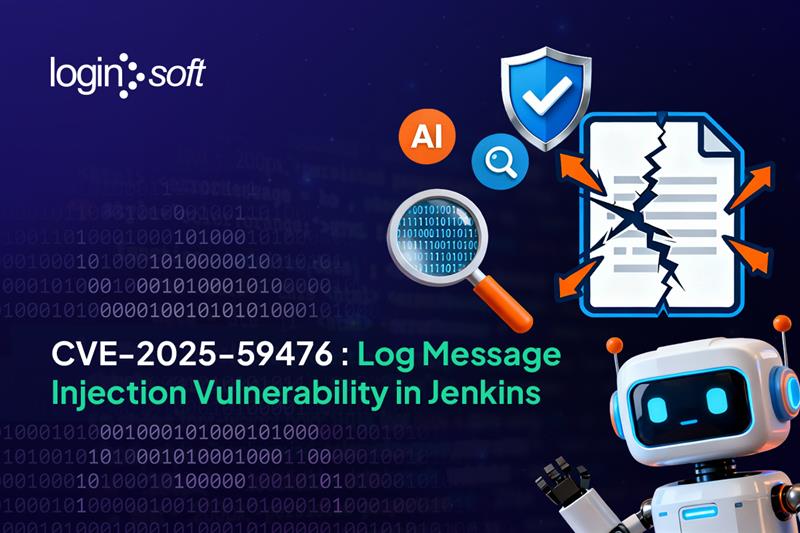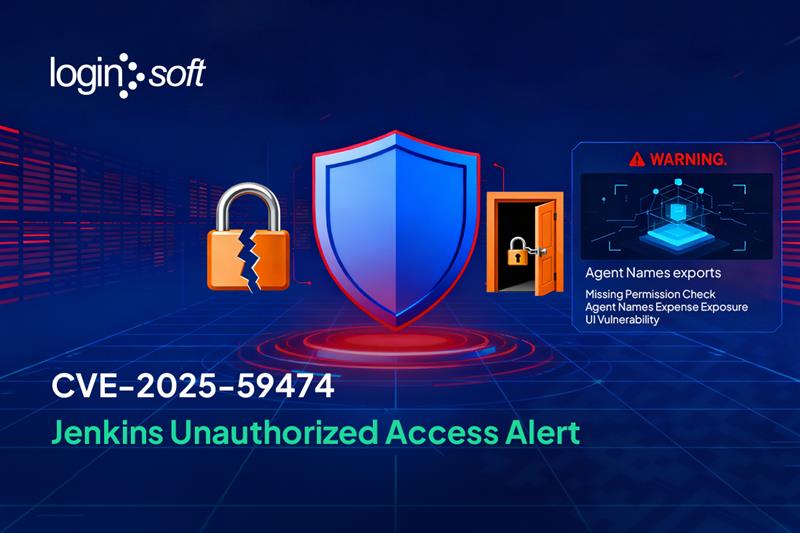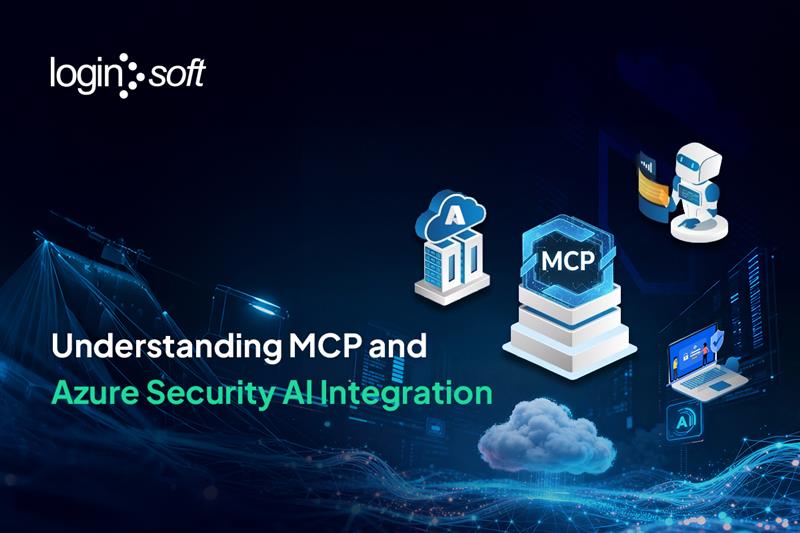Introduction
Have you ever thought that even a trusted user within your system could unintentionally (or deliberately) open the door to a security breach? That’s exactly what happened with CVE-2025-4760, a newly disclosed Authenticated Stored XSS vulnerability affecting WSO2 API Manager — one of the most popular open-source platforms for managing APIs.
If your organization uses WSO2 for API management, this issue deserves your attention. Let’s break down what went wrong, how it works, and what steps you can take to stay secure.
Key Points at a Glance
- Vulnerability Type: Authenticated Stored Cross-Site Scripting (XSS)
- Affected Components:
- org.wso2.carbon.apimgt:org.wso2.carbon.apimgt.api
- org.wso2.carbon.apimgt:org.wso2.carbon.apimgt.rest.api.publisher.v1
- Impact: Malicious JavaScript can be injected into uploaded API documents, affecting other users.
- Fix: Strict MIME type validation added via the detectAndValidateMediaType method.
What Is WSO2 API Manager and How Does It Work?
CVE-2025-4760 is an Authenticated Stored Cross-Site Scripting (XSS) vulnerability found in WSO2 Carbon API Manager (carbon-apimgt). The issue occurs when a publisher uploads a malicious API document that executes embedded JavaScript in other users’ browsers. This vulnerability was fixed by adding strict MIME type validation to ensure only safe files can be uploaded in the API Publisher portal.
Developers and publishers can upload documentation such as PDFs, HTML files, or guides for each API — ensuring users have everything they need in one place.
However, when content upload features aren’t properly secured, they can become a perfect entry point for attacks — which is exactly what CVE-2025-4760 exposed.
Understanding CVE-2025-4760: How the Vulnerability Works
What makes this a Stored XSS issue?
- A user with Publisher privileges uploads an API document (for example, a help page or guide).
- This document contains embedded JavaScript code, intentionally crafted to be malicious.
- When another user opens this document in their browser, the JavaScript executes automatically.
- This allows attackers to perform harmful actions such as:
- Stealing user session tokens
- Redirecting users to phishing pages
- Executing commands on behalf of another user
Essentially, the vulnerability allowed trusted, authenticated users to inject persistent JavaScript code that runs in other users’ browsers.
The root cause?
WSO2’s Publisher portal did not properly validate the content type or sanitize uploaded file contents.
That means an HTML or script file disguised as a document could slip through the upload process with a classic input validation failure leading to Stored XSS.
How WSO2 Fixed the Vulnerability
The issue was resolved in the following commit:
🔗 https://github.com/wso2/carbon-apimgt/commit/1b3496c072ec68aaaf726996e2caa76f07c1adca
So, what exactly changed?
- Stricter MIME Type Validation:
WSO2 added a new utility method called detectAndValidateMediaType. This ensures that only valid file types (like PDF, DOCX, etc.) are allowed during upload. - Safer Document Uploads:
Files with mismatched MIME types or suspicious content are now rejected before being processed or stored.
This simple but crucial enhancement stops malicious scripts from being saved or rendered — effectively closing the door on Stored XSS.
What are the Best Practices to Prevent XSS
While WSO2’s fix handles this specific vulnerability, it’s worth reinforcing a few universal security practices:
1. Input Validation
Always validate incoming data — including file uploads, form fields, and URLs. Never assume trusted users will only upload safe content.
2. Output Encoding & Escaping
Escape dynamic content before rendering it in HTML, JavaScript, or XML. This prevents scripts from executing unintentionally.
3. Implement Content Security Policies (CSP)
Use CSP headers to limit the sources from which scripts can run. This drastically reduces XSS exploit success rates.
4. Secure File Handling
Check MIME types, use server-side validation, and block files with embedded scripts or active content.
These steps may sound simple, but together they significantly reduce exposure to XSS and related injection attacks.
References and Resources
- GitHub Advisory: GHSA-cmjc-qp7j-xgwr
- NVD – CVE-2025-4760
- WSO2 Security Advisory – WSO2-2025-4104
- GitHub Pull Request (Fix Details)
Why It Matters for Security Teams
WSO2 API Manager is used across enterprises for mission-critical integrations — often sitting at the heart of digital infrastructure.
Even a minor XSS flaw could escalate into a full-blown security incident if overlooked.
For DevOps, SREs, and Security Engineers, this case reinforces why:
- Regular dependency scanning is a must.
- Open-source component updates should not be delayed.
- Secure coding and validation practices need to be continuous, not reactive.
If you’re responsible for securing backend or API platforms, regularly monitoring vulnerabilities like CVE-2025-4760 is vital to maintaining a resilient environment.
🔗 Also Read:Cybersecurity Research & Threat Intelligence – uncover how our teams identify and analyze emerging threats across software ecosystems.
Conclusion
The CVE-2025-4760 vulnerability is a clear reminder that trusted users and secure platforms can still introduce risk when file validation isn’t strict enough.
By understanding how this issue occurred — and applying the lessons learned — teams can better protect their API ecosystems against XSS and similar attacks.
If you’re running WSO2 API Manager, ensure you’ve applied the latest patch and review your file upload validation processes.
It’s a small step that can prevent a much larger compromise.
FAQ
1. What is CVE-2025-4760?
CVE-2025-4760 is an authenticated stored XSS vulnerability in WSO2’s API Manager (carbon-apimgt) modules. It allows malicious scripts to execute when crafted API documents are viewed in the Publisher portal.
2. How can an attacker exploit this vulnerability?
An attacker with publisher access can upload a malicious file containing JavaScript. When another user views that file, the script runs in their browser — potentially stealing session data or performing unauthorized actions.
3. How did WSO2 fix this issue?
WSO2 implemented stricter MIME type validation for uploaded documents using a new method, detectAndValidateMediaType, preventing unsafe files from being processed.
4. How can organizations protect themselves from similar issues?
By updating to the patched version, enforcing strong file validation policies, implementing CSP headers, and regularly performing security audits on open-source components.
5. Where can I learn more about this CVE?
You can read the official advisory on GitHub or check the NVD entry.








